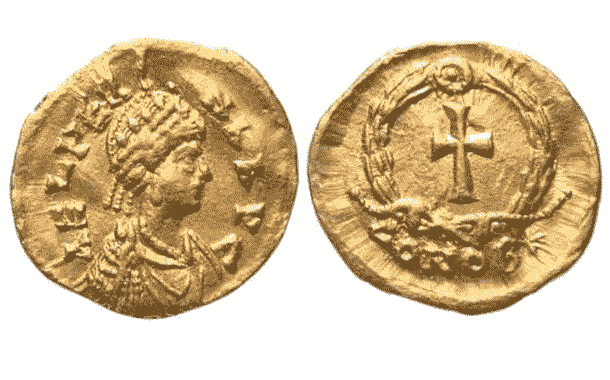<![CDATA[It seems that some people have all the luck. This certainly seems to be the case for amateur British treasure hunter Laurence Edgerton, a builder who managed to strike gold with nothing more than an amateur metal detecting kit. Edgerton became the talk of the town when he unearthed a huge hoard of fourth century Roman coins that had been buried for centuries in Seaton, East Devon, England. Once he unearthed this massive find, he of course went to great lengths to guard the precious treasure. According to reports, Edgerton was scanning the grounds of a field close to an ancient Roman villa, with his metal detector, when it began to make sounds. The detector was responding to the presence of iron in the ground. Most detectors have been programmed to ignore iron because it is more often than not a futile exercise digging it up. He trusted his gut, and his detector, and dug up the area. He has now become a part of history for unearthing one of the biggest Roman era currency finds in the world. Edgerton mentioned that when he found the treasure, all he could see was a shovel full of coins as they spilled out all over the ground. The dig site revealed approximately 22000 coins which date all the way back to 332 AD. Most of the coins also had the profile of Constantine the Great stamped on them. Upon discovering the treasure, he immediately called his wife and the authorities to report the excavation. His wife recorded the dig on film and helped him guard the treasure, by staying in the car for three days while archaeologists explored the entire site. There have been other sites that were more valuable, such as the Roman era gold trove that was unearthed in 2012. This massive find was considered to be worth approximately $160000. Laurence's find though is considered to be one of the largest, in terms of the actual amount of items excavated. With more than 22000 coins uncovered in the site, it has been officially termed as treasure by the authorities. This means a museum can now acquire the treasure that has been called the Seaton Down Hoard. Edgerton and the landowner should receive a split from any impending sale, and it is believed that the popular Royal Albert Memorial Museum of Exeter is already launching a fundraising campaign to purchase Laurence's discovery. People across the world are now wondering just how much the treasure hunter can expect to pocket from this massive discovery. If predictions are accurate, he could be due to enjoy a share of tens of thousands of pounds. Another interesting question is, how did such a massive hoard of money come to be buried in a field? Archaeologists believe that because of the absence of banks in the era, the Romans simply buried their treasure under the ground in order to keep it safe. ]]>
Metal Detector Unearths Fourth Century Roman Coins
